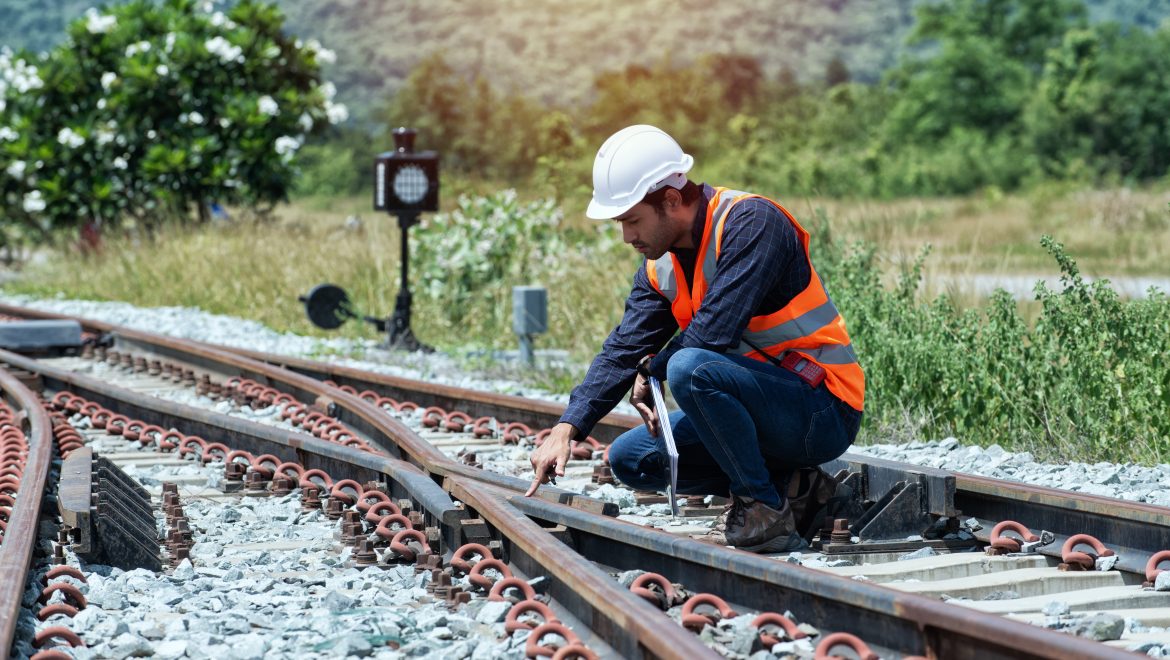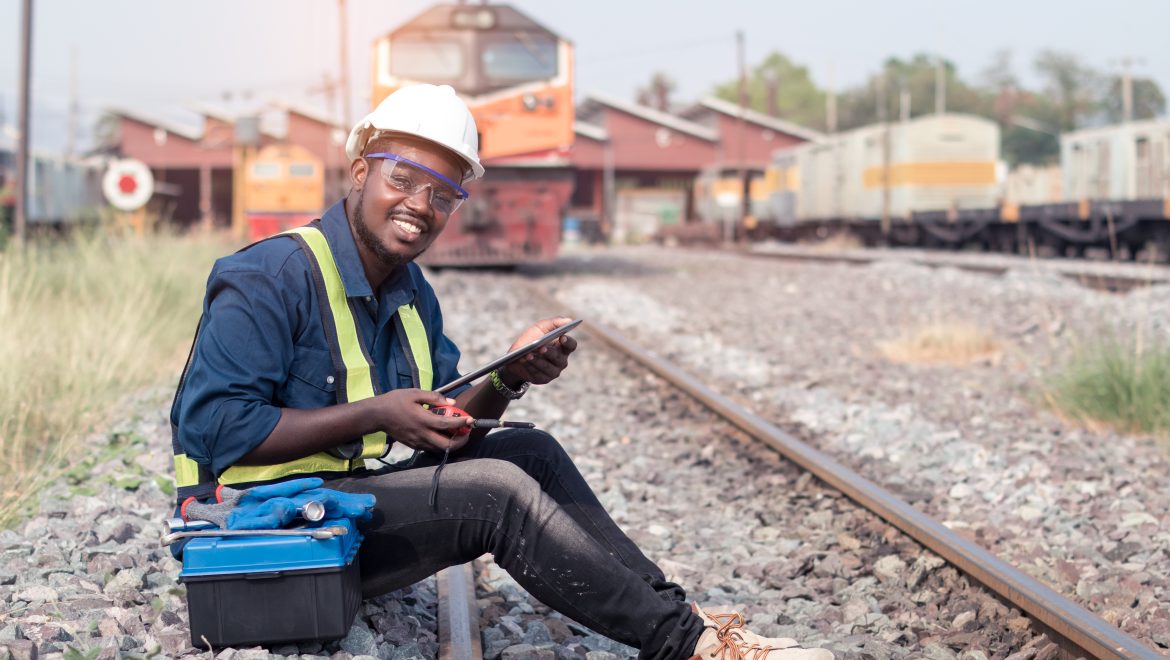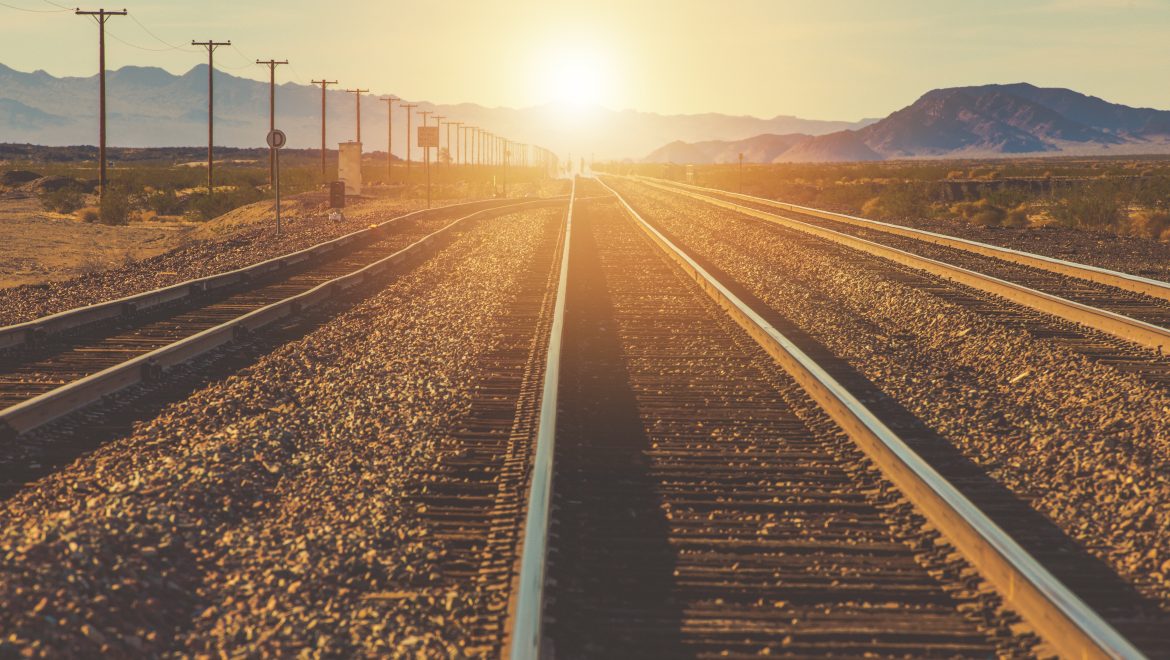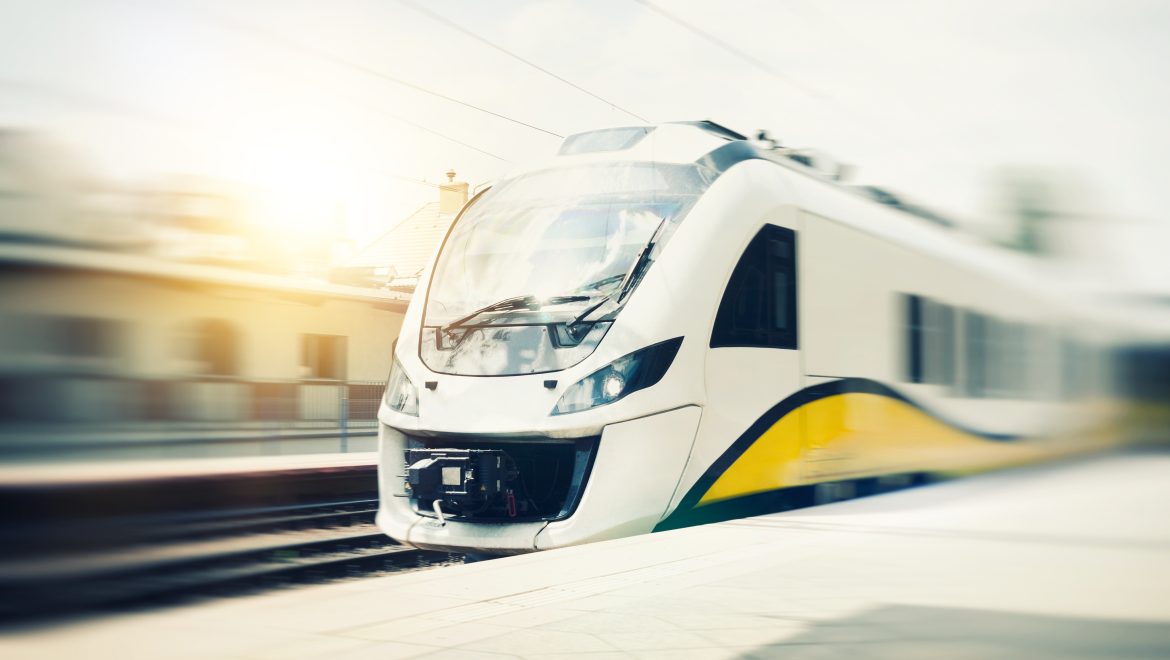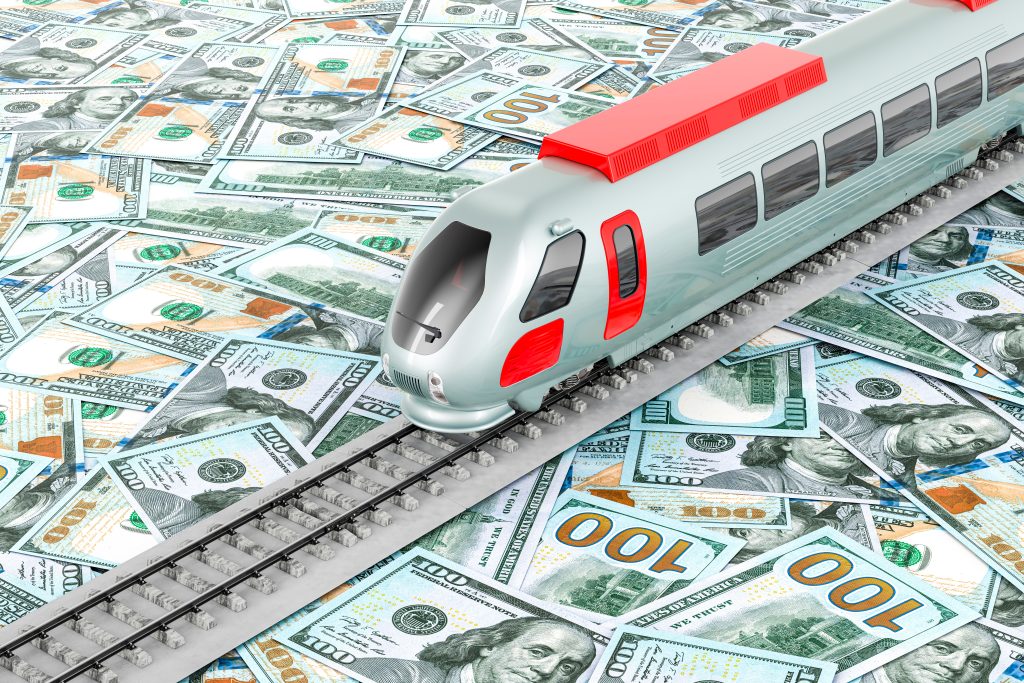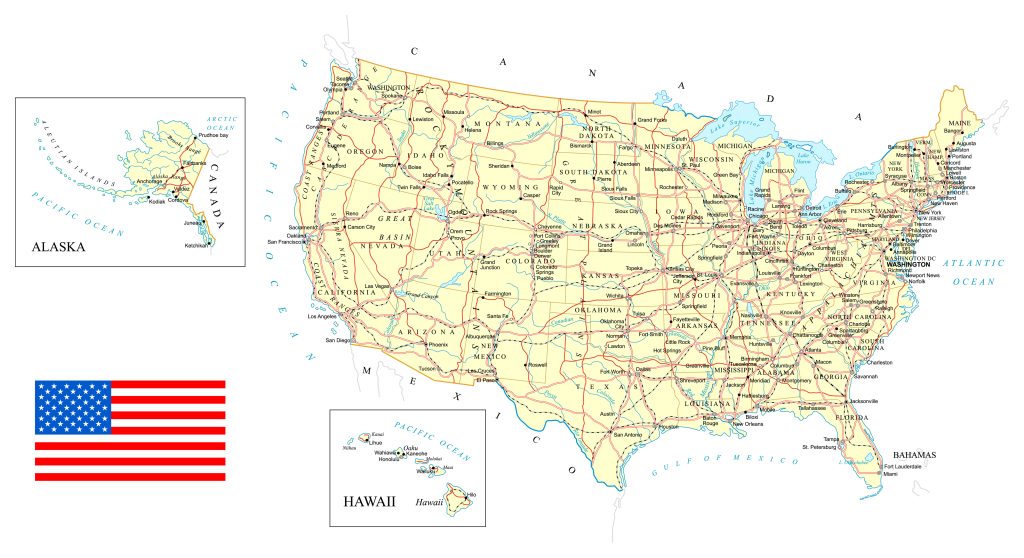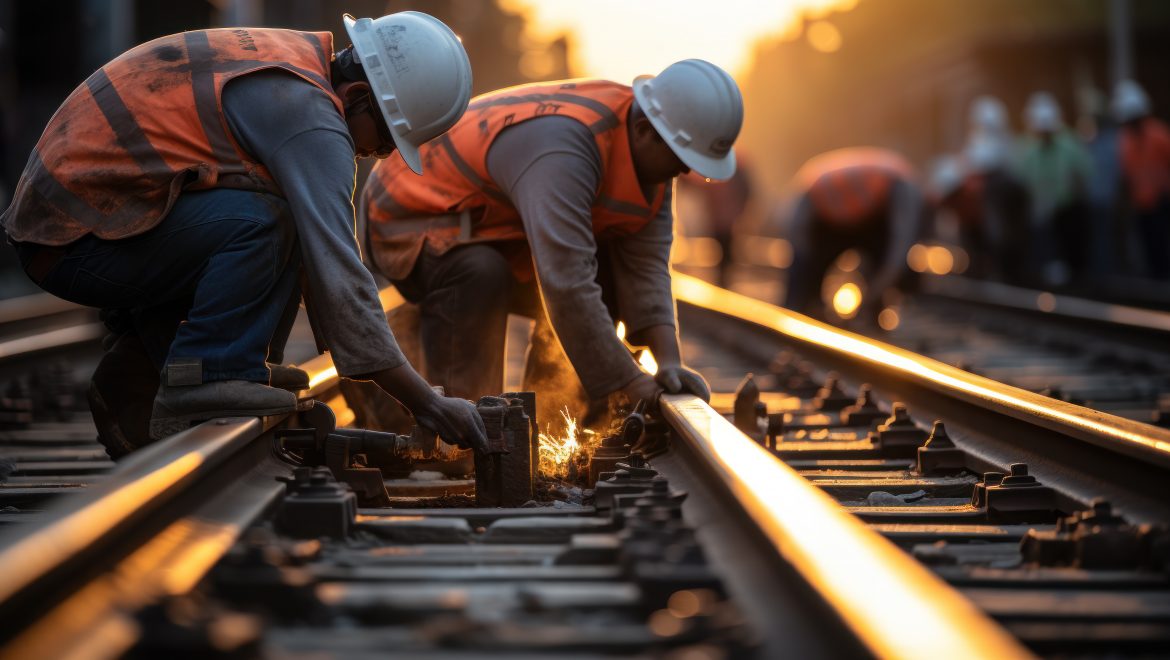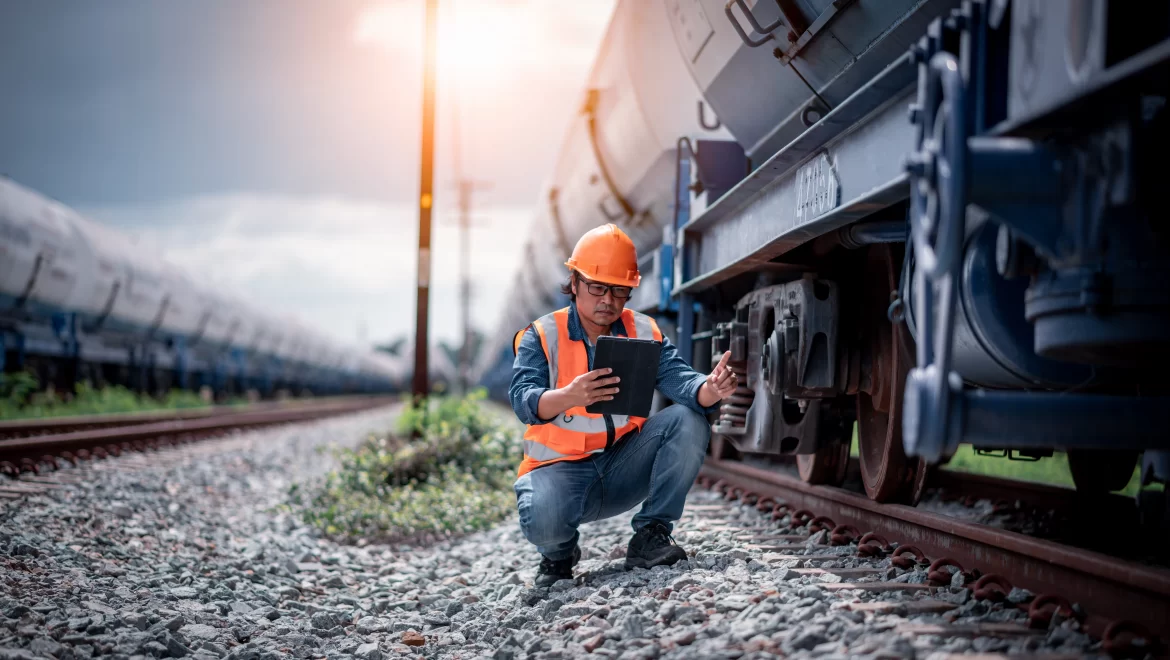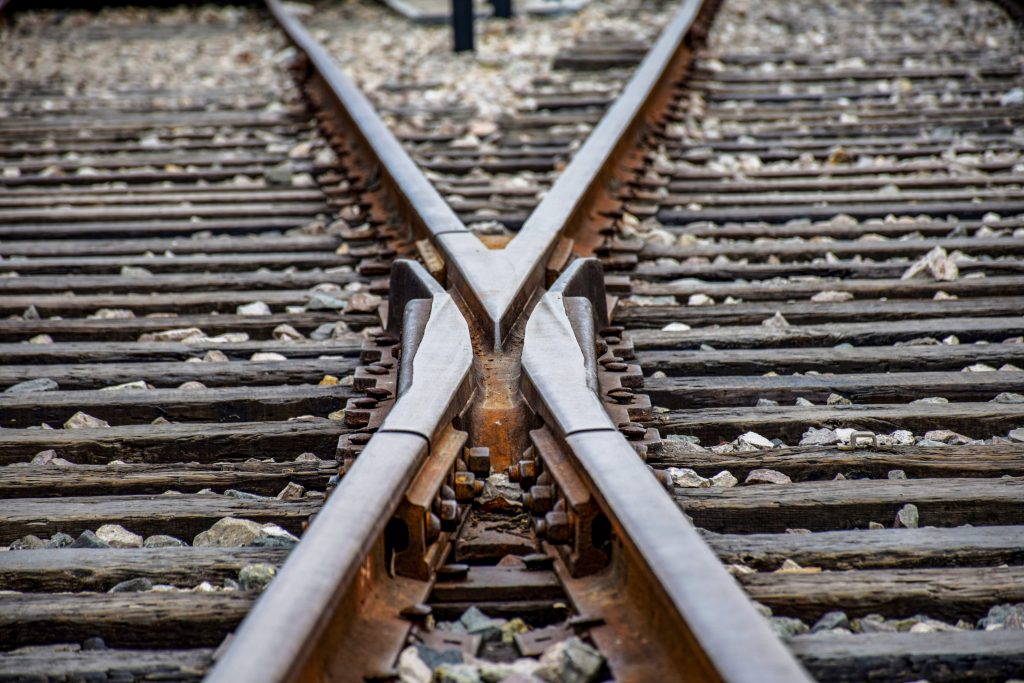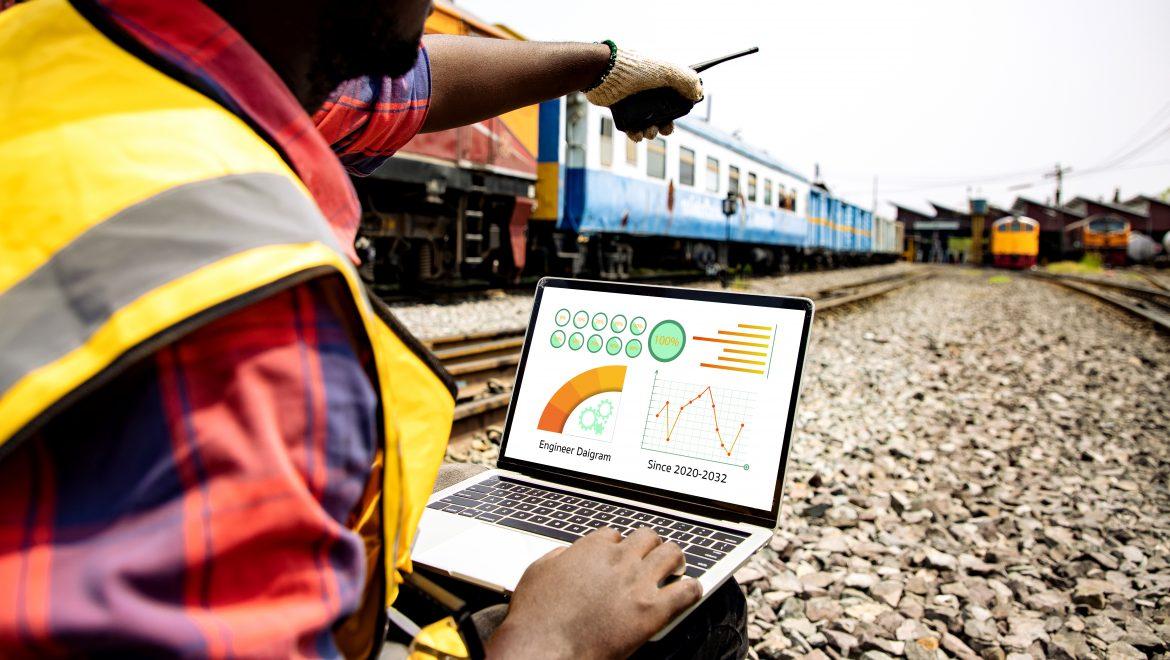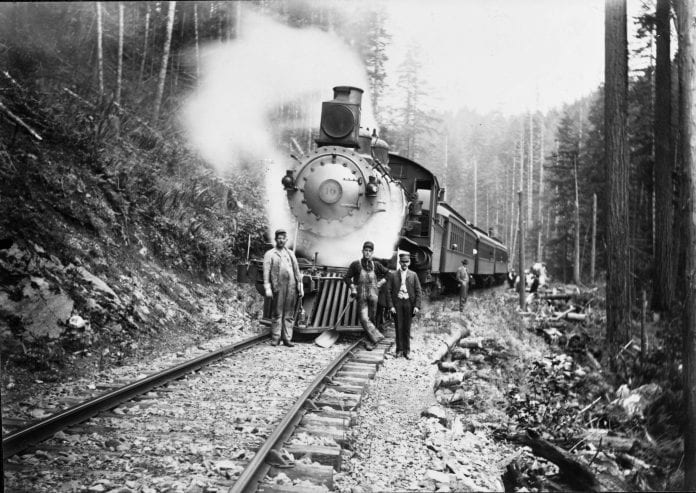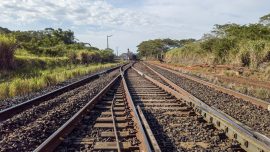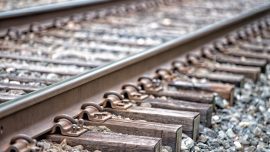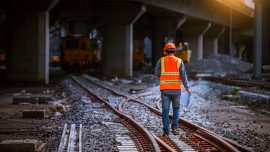The Importance of Timely Railroad Repair
Are you aware that neglected railroad tracks can lead to catastrophic accidents and significant disruptions in rail transportation? In the bustling world of railways, ensuring timely repairs is not just about maintaining infrastructure; it’s about safeguarding lives and keeping operations running smoothly. In this article, we dive into the critical importance of railroad repair, highlighting its benefits and offering actionable insights. Discover how prioritizing maintenance can enhance safety, efficiency, and overall performance on your railway. Let’s explore the vital role of timely repairs in the realm of railroads.
Why Timely Railroad Repair Matters
1. Safety First: Ensuring the safety of passengers, employees, and cargo is paramount in the railroad industry. Neglected tracks are prone to wear and tear, leading to potential derailments and accidents. By prioritizing timely repairs, you mitigate these risks and create a safer environment for everyone involved.
2. Operational Efficiency: Smooth, well-maintained tracks facilitate efficient train operations. Timely repairs minimize disruptions and downtime, allowing trains to travel at optimal speeds and schedules. This not only enhances overall efficiency but also improves customer satisfaction by delivering goods promptly and reliably.
3. Cost Savings: Addressing minor issues promptly can prevent them from escalating into costly repairs or replacements down the line. By investing in timely maintenance, you avoid unexpected expenses and minimize the impact on your budget. R&S Track offers cost-effective solutions to keep your railroad infrastructure in top condition.
The Process of Railroad Repair
1. Inspection and Assessment: Regular inspections are essential for identifying potential issues before they escalate. Our team of professionals conducts thorough assessments to pinpoint areas in need of repair or maintenance, ensuring comprehensive coverage of your railway infrastructure.
2. Planning and Scheduling: Once the inspection is complete, we develop a tailored repair plan based on our findings. This includes prioritizing repairs based on urgency and allocating resources efficiently to minimize disruptions to your operations.
3. Execution and Monitoring: Our experienced technicians execute the repair plan with precision, utilizing advanced equipment and techniques to ensure quality workmanship. Throughout the process, we provide regular updates and monitor the progress closely to ensure timely completion.
The Benefits of Partnering with R&S Track
1. Expertise and Experience: With decades of experience in the railroad industry, we bring unparalleled expertise to every project. Our team consists of highly skilled technicians who are trained to handle various repair challenges effectively.
2. Customized Solutions: We understand that every railroad system is unique, which is why we offer customized repair solutions tailored to your specific needs. Whether you require routine maintenance or emergency repairs, we have the knowledge and resources to deliver exceptional results.
3. Cutting-Edge Technology: We leverage the latest technology and equipment to optimize our repair processes. From state-of-the-art inspection tools to innovative repair techniques, we stay ahead of the curve to ensure the highest standards of quality and efficiency.
Enhancing Railway Performance with R&S Track
Prioritizing timely railroad repair is not just a matter of maintenance; it’s a strategic investment in safety, efficiency, and cost savings. By partnering with R&S Track, you gain access to industry-leading expertise and solutions tailored to your specific needs. Take proactive steps today to safeguard your railway infrastructure and unlock its full potential. Contact us to learn more about our comprehensive repair and maintenance services and elevate your railroad operations to new heights.

